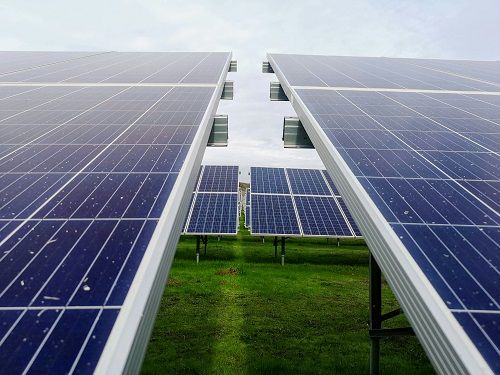Photovoltaics (PV) is considered one of the main pillars of the energy transition. However, the rapid expansion of solar energy in southern Europe, particularly in Spain, has revealed a surprising phenomenon: electricity prices fall in spring, but rise in summer –despite maximum solar radiation. “The decisive factor here is the evolution of consumption patterns“, explains Patrick Lemcke-Braselmann, Co-CEO of aream Group SE.
A so-called cannibalisation effect was already evident on the Spanish electricity market in 2023: The more solar power was fed into the grid at the same time, the more the oversupply drove prices down - especially at midday. In spring 2023, the average day-ahead baseload was €73.73/MWh, but PV electricity only achieved around 59 per cent of this, i.e. around €44/MWh. The high feed-in combined with moderate demand led to a significant decline in prices.
The situation deteriorated in the following year. In April 2024, the captured price for PV electricity was just €5.50/MWh - a dramatic slump compared to the previous year. The main reasons for this were an exceptionally wet spring (resulting in more hydropower), weak electricity demand and a massive PV surplus. In almost half of all hours, there were even zero or negative prices for solar power. Cannibalisation effect peaked.
But as soon as temperatures rise and the air conditioning season begins, the picture changes. In August 2023, the baseload price climbed to €96.05/MWh and the market value of PV electricity (captured price) rose to around €70/MWh. In August 2024, the PV market value remained stable at €65.67/MWh despite even higher installed capacity.
The reasons for this seasonality are, firstly, increasing demand for cooling: Electricity demand surges in the hot summer months - primarily due to air conditioning systems in households, hotels and the tourism sector in general. This demand coincides precisely with the with the hours of peak PV generation. Secondly, generation from other sources declines - electricity production from hydropower is often lower in summer (except after very wet winters) and wind power can also fluctuate.
“The trend in recent years shows a clear pattern“, explains Lemcke-Braselmann. In spring, when PV generation is high and demand is low, the market values for solar power fall massively. In midsummer, however, the additional demand for space cooling partially or even fully offsets the cannibalisation effect. Even with maximum solar irradiation, the PV market value can rise in August - because the electricity demand for cooling and tourism-related demand absorbs part of the excess supply. The year 2024 showed how the spring slump has somewhat eased, while the August value remains in the mid €60 to €70/MWh range thanks to peak consumption. “In short: even with maximum irradiation, the PV market value can rise in August - because the cannibalisation is partially neutralised“, says Lemcke-Braselmann.
A look at France also shows how sensitively electricity markets react to weather extremes: Last June, several nuclear power plants had to reduce their output due to excessively warm river temperatures. As a result, electricity prices jumped to €66/MWh in neighbouring countries such as Germany, Spain and Italy. “Such events emphasise the importance of flexible electricity systems and the intelligent integration of solar power into the energy mix - especially in summer“, says Lemcke-Braselmann.
PRESSEKONTAKT:
Leandra Kiebach
T: +49 (0)211 30 20 60 4-2
E: lk@aream.de
